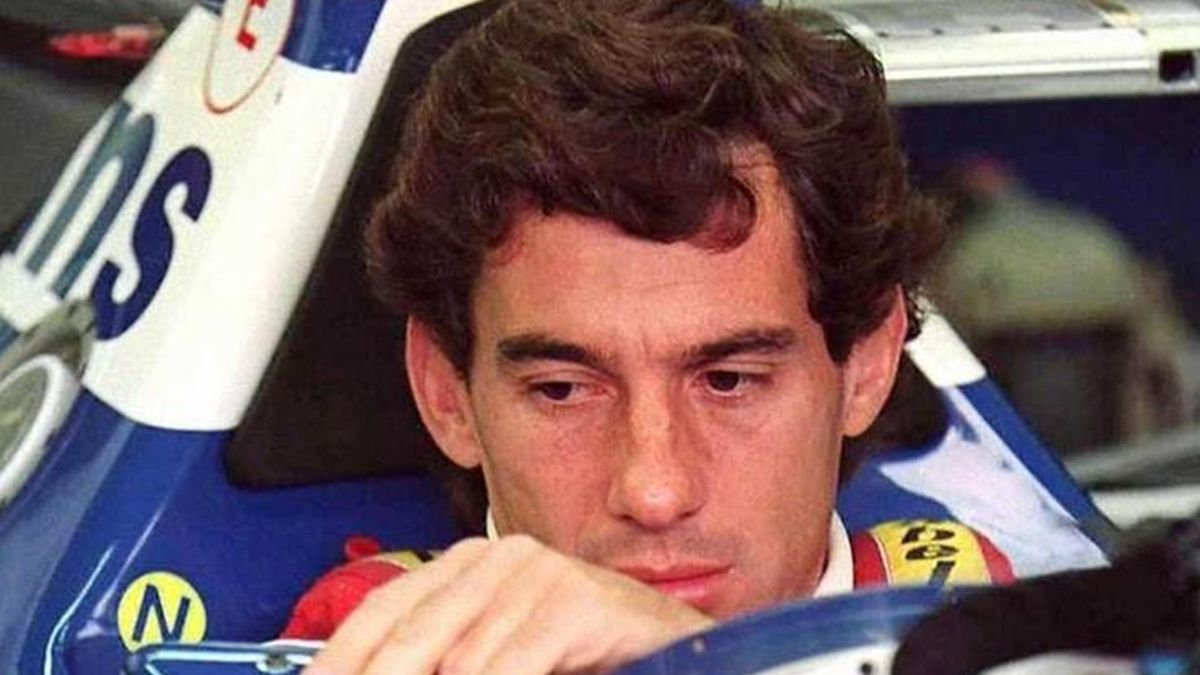
This moment of unease becomes a powerful symbol when we consider the broader question of responsibility for his death: Was it Williams Grand Prix Engineering or the FIA that bore the greater burden of guilt? Ayrton Senna’s expression during the 1994 San Marino Grand Prix was one of deep discomfort, a haunting premonition that something terrible was about to happen. Senna appeared increasingly uneasy in the hours leading up to the crash that claimed his life, a visual manifestation of the tension and fear that perhaps only he could sense.
Senna’s deadly crash on May 1, 1994, happened amid a horribly tragic racing weekend. The previous day’s death of Roland Ratzenberger had clouded the occasion and increased the sense of unease that pervaded the circuit. A problem with Senna’s Williams FW16’s steering column was the direct cause of his car’s high-speed collision with a concrete wall. Williams was solely responsible for the malfunctioning component that caused the technical issue.
Nonetheless, it is impossible to ignore the FIA’s role. The conditions that preceded the collision were partly caused by regulatory shortcomings of the Formula 1 Authority (FIA), which was in charge of establishing and implementing the sport’s safety regulations. With its antiquated safety measures, the Imola track was a holdover from a bygone era that had not kept up with the changing needs of Formula 1 racing. One obvious illustration of the FIA’s deficiencies in guaranteeing driver safety was the concrete wall that was unable to withstand the hit.
Following Senna’s passing, the FIA and Williams came under heavy criticism. Williams was made to answer for the car’s technical characteristics, and the FIA was criticized for having insufficient safety controls and oversight. Senna’s untimely death served as a trigger for significant modifications to Formula 1, including tighter safety rules and better track layouts.
In the end, even though Williams was accountable for the technical malfunction that resulted in the collision, the FIA’s negligent regulations also had a big impact. Senna’s eerie look serves as a moving reminder of the intricate relationship that exists in motorsport safety between systemic problems and technical malfunctions. The fact that both groups bear some of the blame illustrates the complex character of the catastrophe that transpired in Imola.
Leave a Reply